Tensor Team
Introducing Our Multidisciplinary Team Behind SmartTensors AI Platform
SmartTensors AI Platform technology encompassed in a patented, scalable, and unsupervised machine learning software suite, has been meticulously crafted by a team with diverse backgrounds spanning a multitude of fields. Our mission is to unleash this potential by identifying and extracting the essential features that lie beneath the surface. Through our platform, we empower businesses and researchers to efficiently compress information, revolutionizing the way we process and analyze data.


Boian Alexandrov is a senior scientist at the Theoretical Division in Los Alamos National Laboratory. He has MS in Theoretical Physics, a PhD in Nuclear Engineering and second PhD in Computational Biophysics. Alexandrov is specialized in Big Data analytics, Non-negative Matrix and Tensor Factorization, Unsupervised Learning,and Latent Feature Extraction.
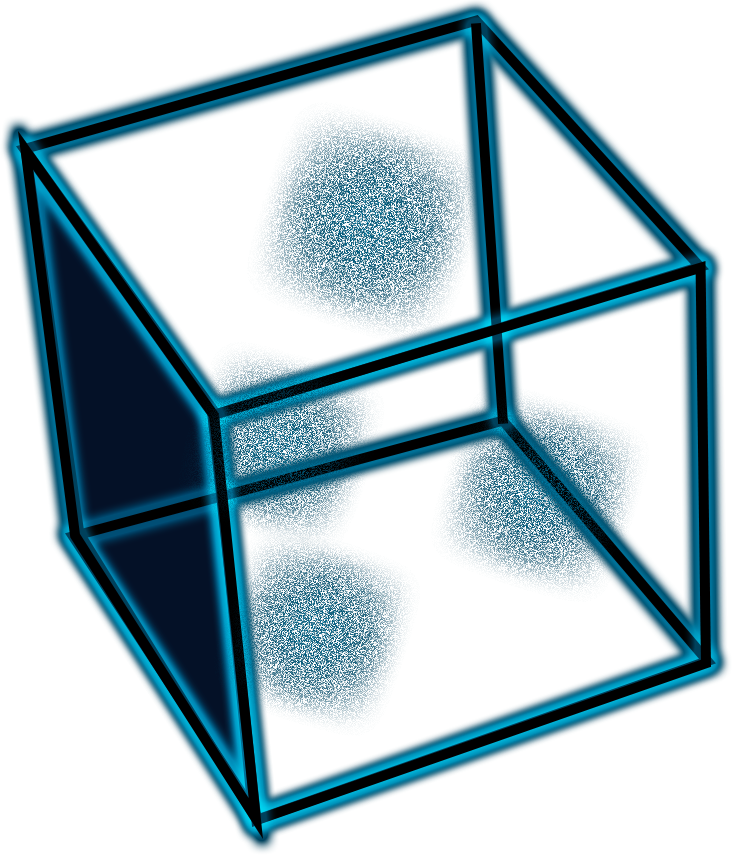
Kim Rasmussen holds M.S. and Ph.D. degrees from the Technical University of Denmark, in Electric Engineering and Applied Mathematics, respectively. Kim Rasmussen has been at Los Alamos National Laboratory for 25 years, during which time he has been an active researcher (~ 200 publications, > 5,800 citation, forming h-index 42, Google Scholar), in addition to having held various management positions. Rasmussen’s main research is in Applied Mathematics and his research ranges from numerical analysis of nonlinear and stochastic problems, through condensed matter and bio-physics to most recently datas cience, when he was the Co-PI of the Tensor Networks for Big-Data Analytics LDRD DR 2019-2021 and was instrumental in the creation of SmartTensors AI platform awarded with 2021 R&D100 in IT and with a bronze medal in 2021 R&D100 Market Disruptor.

Manish Bhattarai is a staff scientist at Los Alamos National Laboratory (LANL) in Los Alamos, NM, where he is a integral member of the tensor factorizations group within the Theoretical division. At LANL, his specialization lies in large-scale data factorization, playing a pivotal role in enhancing the laboratory’s capabilities in high-performance processing and computing. Dr. Bhattarai has made significant contributions by developing high-performance computing (HPC) empowered machine learning frameworks, notably pyDNMFk, pyDNTNk, and pyDRESCALk, tailored for mining extensive data through distributed Matrix and Tensor factorization. Currently, his research portfolio encompasses areas such as adversarial machine learning, generative AI, tensor factorizations, and the broader realm of high-performance computing.

Benjamin Nebgen received the B.A. degree in Chemistry from Cornell University, Ithaca, NY, USA and Ph.D. degrees in Chemistry from Purdue University, West Lafayette, IN, USA. He previously had Post doctoral appointments at the University of Southern California: Los Angeles, CA, USA, and Theoretical division at Los Alamos National Laboratory (LANL). He is currently a scientist in the Theoretical division at LANL. His research expertise includes Quantum Chemistry and optimization techniques for matrix and tensor decompositions.
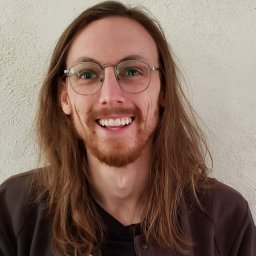
Derek DeSantis received his PhD in mathematics from the University of Nebraska Lincoln. He is currently a staff scientist in the Computational, Computer and Statistical Science division. He works on the mathematical theory of machine learning, specifically tensor factorizations, with applications broadly within the climate sciences.
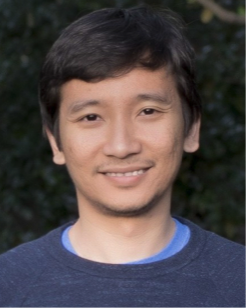
Duc Truong is a staff in T-5. He received his Ph.D. in Computational and Applied Mathematics from Southern Methodist University specializing in numerical analysis and computational neuroscience. At LANL, his research focuses on developing tensor factorization algorithms and engineering machine learning techniques with applications in high dimensional scientific simulations, for solving ultra-large PDEs. Duc was instrumental in the creation of SmartTensors AI platform awarded with 2021 R&D100 in IT and with a bronze medal in 2021 R&D100 Market Disruptor.

Erik Skau received the B.Sc. degree in applied mathematics and physics, and the M.Sc. and Ph.D. degrees in applied mathematics from North Carolina State University, Raleigh, NC, USA. His research expertise includes optimization techniques for matrix and tensor decompositions. Erik is a scientist in the Information Sciences Group at Los Alamos National Laboratory.

G. Manzini is a 30+ years experienced scientist in designing, developing and implementing numerical methods for PDEs, with special focus on the Mimetic Finite Difference (MFD) method and the Virtual Element Method (VEM). He coauthored 120+ journal papers and two books. He is now working on the application of tensor network-based methods to high-dimensional PDEs’ numerical approximations.

Hristo Djidjev is a computer scientist in the Information Sciences (CCS-3) group at Los Alamos National Laboratory (LANL). Before joining LANL as a scientist, Hristo worked as an Assistant Professor at Rice University, and as a Senior Lecturer in Warwick University. He is currently a Research Adjunct Professor at Carleton University, Ottawa, Canada. Hristo holds an MSc in applied mathematics and a PhD in computer science from Sofia University, Bulgaria.

Maksim E. Eren is an early career scientist in A-4, Los Alamos National Laboratory (LANL) Advance Research in Cyber Systems division. His interdisciplinary research interests lie at the intersection of machine learning and cybersecurity, with a concentration in tensor decomposition. His tensor decomposition-based research projects include large-scale malware detection and characterization, cyber anomaly detection, data privacy, text mining, and high performance computing.

Raviteja Vangara holds both Ph.D. and M.S. degrees from the University of New Mexico. He is currently employed as a postdoctoral researcher in the Department of Cellular and Molecular Medicine at the University of California, San Diego. His research is primarily dedicated to developing diverse machine learning and deep learning techniques for various scientific applications.
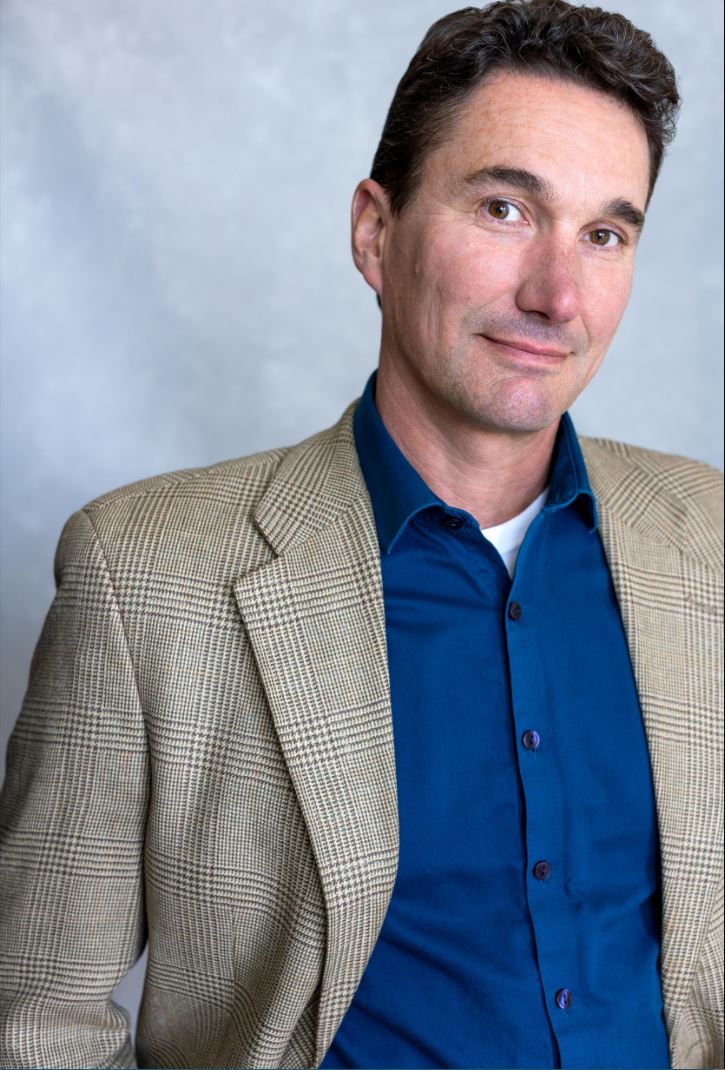
Tom Tierney is a Scientist-5 and Team Leader at Los Alamos National Laboratory who focuses on bringing together the best and brightest to tackle some of the nation’s toughest global security problems. He graduated with his Ph.D. in plasma physics in 2002 from University of California, Irvine using research he performed at LANL. Tom’s expertise is in analysis of emerging technologies and net assessments of scientific competitiveness; leveraging his wide expertise in various physics fields including pulsed power plasmas, inertial confinement fusion, radiation transport, dynamic materials sciences, scientific computing, and nuclear weapons sciences.
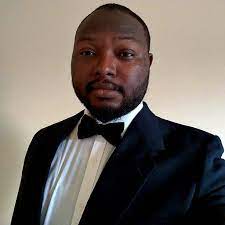
Ismael Boureima is a scientist at the Theoretical division at Los Alamos National Laboratory, and his research interest is in turbulence modeling, physics informed machine learning, tensor methods, and distributed HPC algorithms.
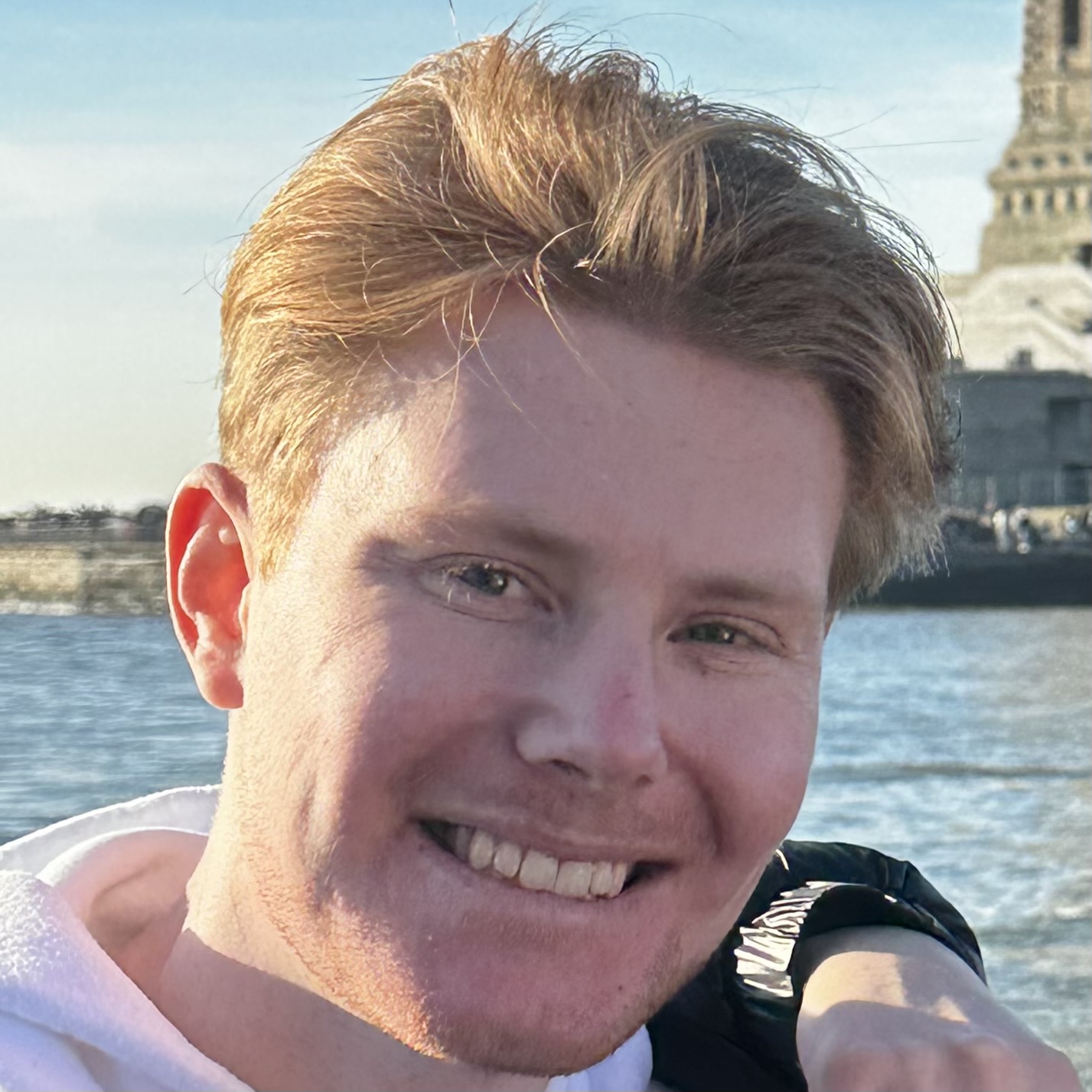
Nicholas Solovyev received his M.S. in Computer Science & Systems from the University of Washington, Tacoma. His research areas include natural language processing, topic modeling, and applications of non-negative tensor factorization.
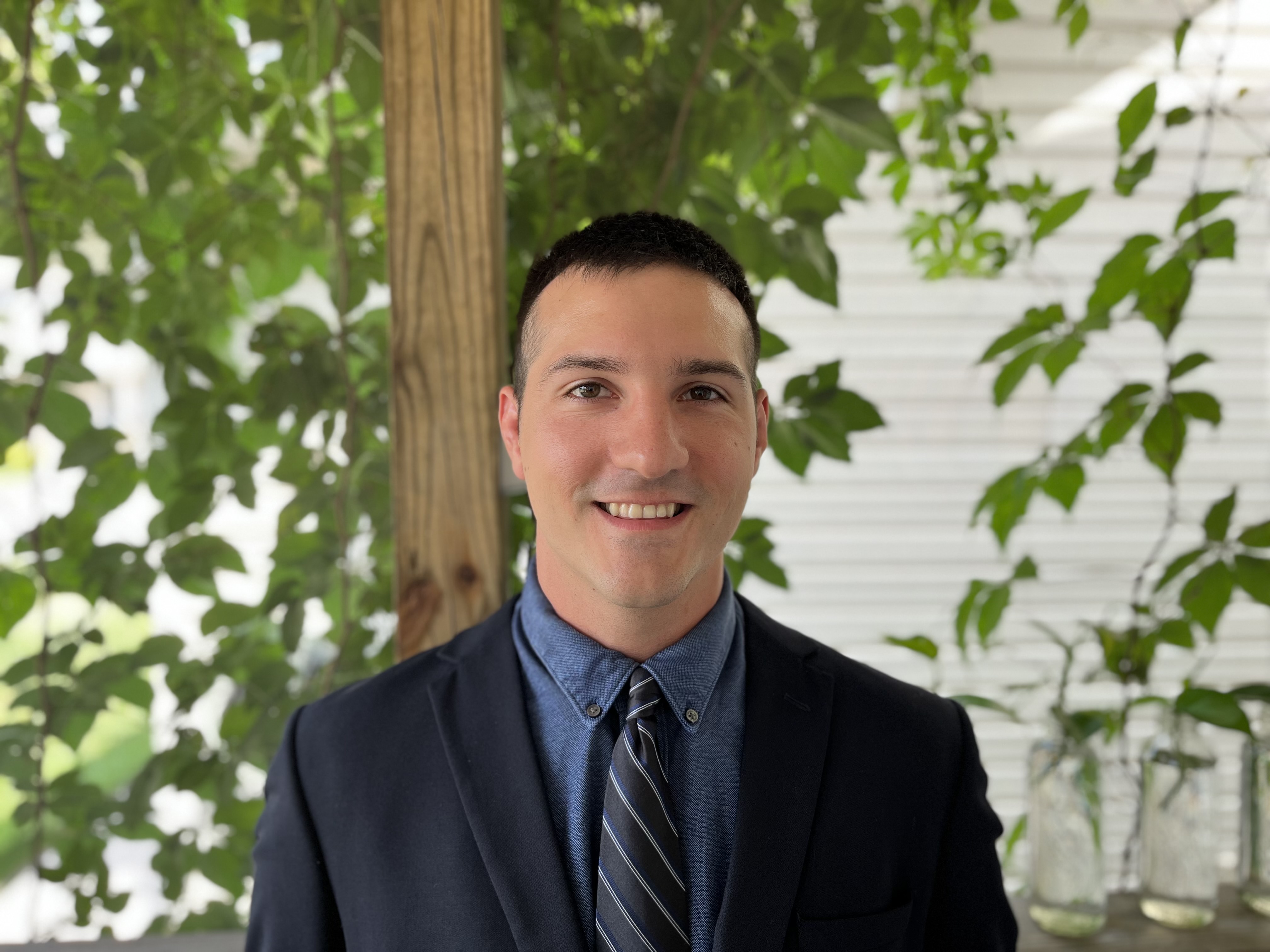
Ryan is a current Ph.D. student at UMBC focusing on Natural Language Processing (NLP) applications to robotics and big data through and High-Performance Computing (HPC). Initially, his research started in the cross-disciplinary area of grounded language robotics incorporating NLP. Ryan’s current research interests encompass leveraging HPC methodologies to solve intricate NLP challenges, aiming to enable faster, more accurate language processing tasks on a large scale.
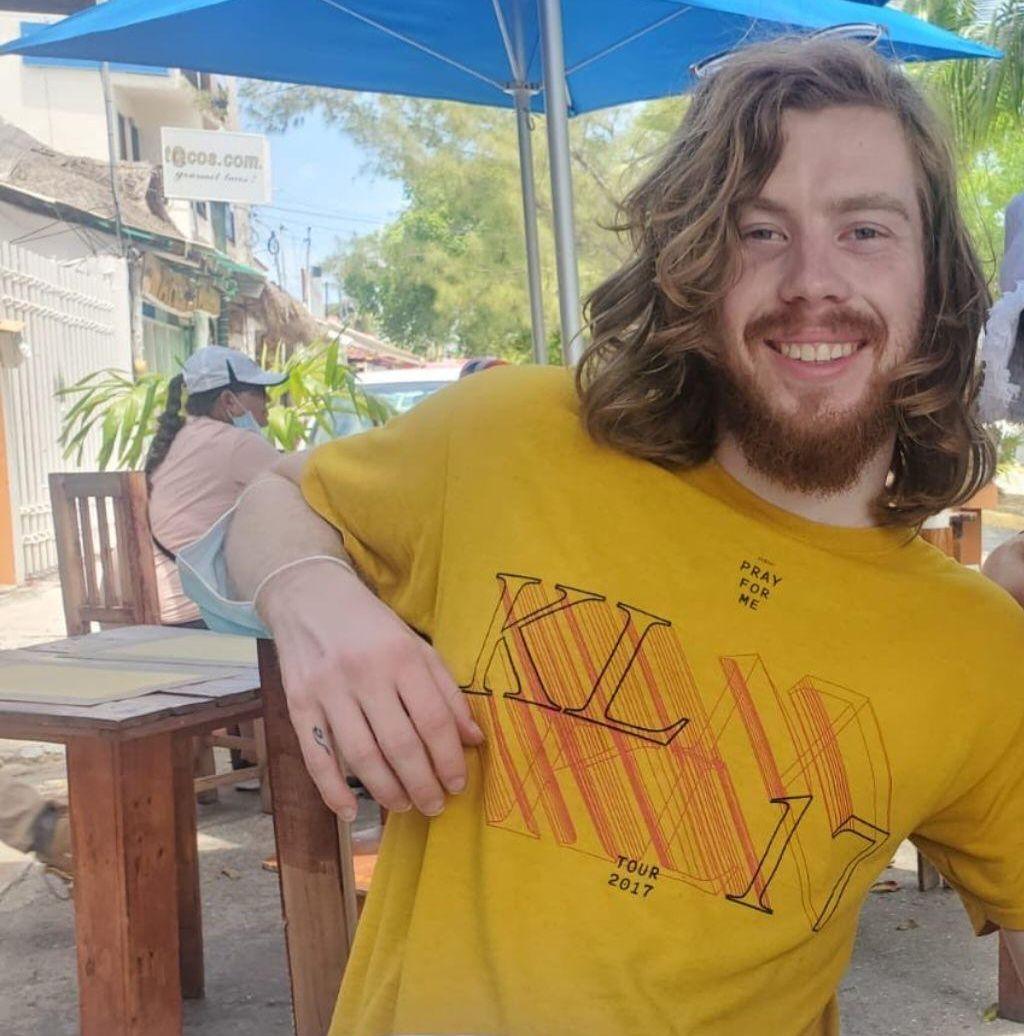
Vesselin Grantcharov is a Machine Learning engineer at Fitch Ratings and will soon start his PhD at University of New Mexico. As an engineer he has primarily focused on NLP and Information Retrieval systems. He holds a BS in Discrete Mathematics from Georgia Tech, where he performed undergraduate research in Additive Combinatorics. He also developed software for Non-negative Matrix Factorization during an undergraduate internship in LANL’s Theoretical Division.
